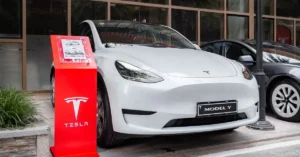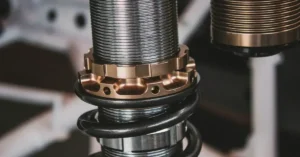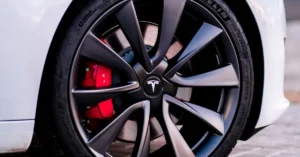Do Teslas Have Catalytic Converters? Catalytic converters are a crucial component of conventional gasoline vehicles, but do electric vehicles like Tesla’s need them?
Table of Contents
This article delves into the inner workings of catalytic converters and explores the unique approach Tesla takes to emissions control in its electric vehicles. Discover the advantages of not using catalytic converters and the impact electric vehicles have on the environment.
Get ready to learn about the future of sustainable transportation!
Do Teslas Have Catalytic Converters?
Catalytic converters are not used in Tesla electric vehicles.
Electric motors, unlike internal combustion engines, do not emit harmful pollutants because they do not generate power through combustion. As a result, their exhaust gases do not require the use of a catalytic converter.
Tesla electric vehicles, on the other hand, rely on other systems to maintain their high standards for emissions control and environmental sustainability. Advanced battery cooling systems, energy management software, and other proprietary technologies are among the systems that help optimize vehicle performance and reduce emissions.
What are catalytic converters?
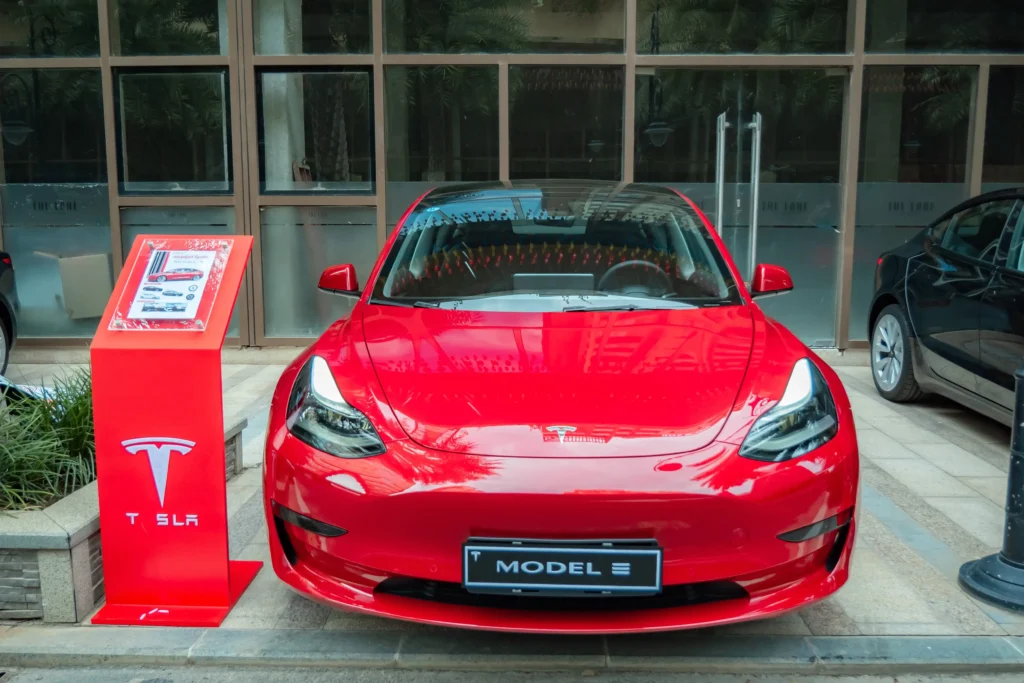
Catalytic converters are emission control devices that are installed in the exhaust system of internal combustion engines, such as those in gasoline-powered cars.
They work by converting harmful pollutants, such as carbon monoxide and hydrocarbons, into less toxic substances before they are released into the atmosphere. The conversion process takes place through a chemical reaction with a catalytic material, typically platinum, palladium, or rhodium, coated onto a ceramic substrate. The use of catalytic converters is regulated by governments around the world to reduce air pollution and protect public health.
Other emissions control systems in Tesla electric vehicles
Despite not using catalytic converters, Tesla electric vehicles still employ several other emissions control systems to ensure their vehicles are as environmentally friendly as possible. Some of these systems include:
- Battery cooling system: Tesla electric vehicles use a sophisticated battery cooling system to regulate the temperature of the battery pack and prevent overheating, which can impact performance and longevity.
- Energy management software: Tesla uses advanced energy management software to optimize the performance of its electric motors and batteries, as well as to conserve energy and minimize emissions.
- Proprietary technologies: Tesla also employs a range of proprietary technologies and design features to minimize emissions and optimize the performance of its electric vehicles. For example, the company’s regenerative braking system captures and stores energy normally lost during braking, reducing the need for additional charging.
Environmental impact of Tesla electric vehicles
Tesla electric vehicles have a lower environmental impact than gasoline vehicles.
Electric vehicles had the greatest positive environmental impact, according to Tesla’s 2021 Impact Report.
However, Tesla electric vehicles continue to emit pollution and carbon emissions in ways that consumers and investors frequently overlook. A 100-kilowatt-hour Tesla battery pack, for example, produces 7,300 kg of CO2. Furthermore, charging a Tesla vehicle with electricity from the global grid mix emits 30 tons of CO2e. While this is still lower than gasoline cars, it is important to note that these emissions can be reduced even further if the electricity used to charge the car is generated from renewable sources.
Tesla electric vehicle battery life
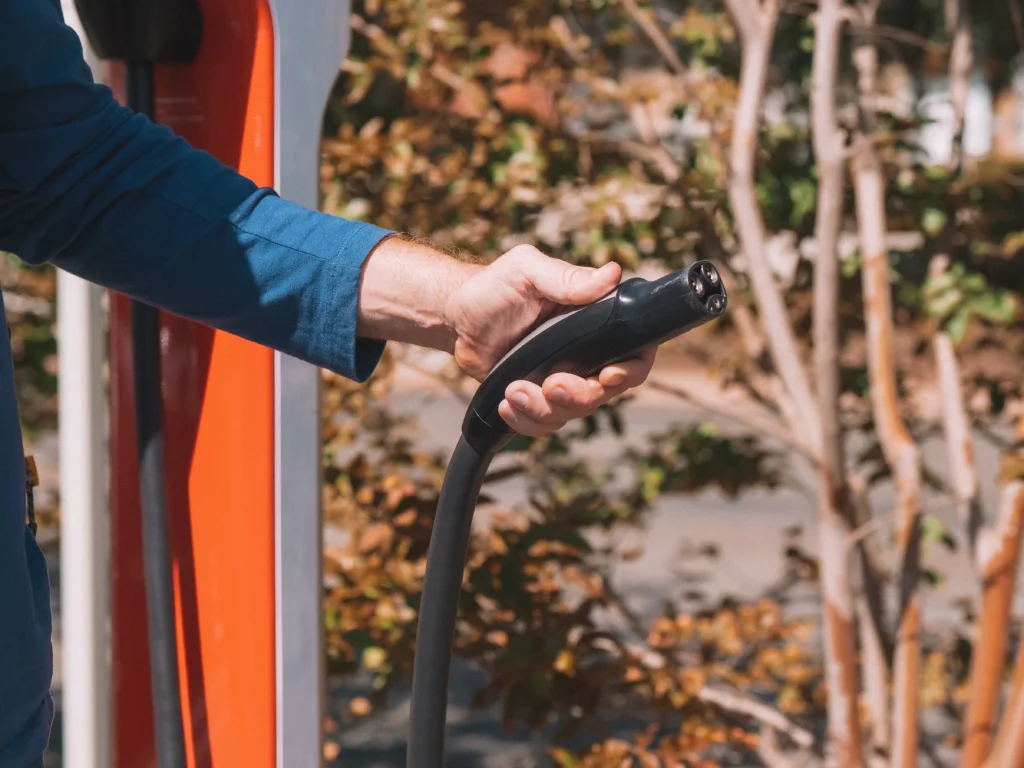
The estimated lifespan of a Tesla electric vehicle battery is 300,000 to 500,000 miles. Tesla CEO Elon Musk made this estimate in a tweet. According to a study of 286 Tesla owners, the batteries lose about 5% of their power every 50,000 miles. In California, the warranty on Tesla electric vehicle batteries is extended to 10 years and 150,000 miles, reflecting the state’s high number of EVs.
FAQ:
Where is the catalytic converter on a Tesla?
Teslas lack catalytic converters because they are electric vehicles with no need to remove toxic pollutants. Catalytic converters are typically attached to the exhaust manifold of a car engine, but Teslas use an electric motor and battery.
Which cars are least likely to have catalytic converters stolen?
Because their converters are less valuable, American vehicles such as Jeep, Chrysler, Ford, Dodge, and Chevrolet are less likely to be targeted for catalytic converter theft. Cars with low ground clearance and non-hybrid vehicles from these manufacturers are also less dangerous than their competitors. Catalytic converters in hybrid vehicles, such as the Toyota Prius, are the most likely to be stolen.
Does a Tesla Model 3 have a catalytic converter?
No, the Tesla Model 3 lacks a catalytic converter.
Catalytic converters are designed to convert the toxins produced by the engine into water and substances that are much safer to breathe in, and a battery-powered car does not emit any fumes. As a result, Teslas do not need catalytic converters. Precious metals found in a Tesla differ from those found in an internal combustion engine vehicle because the latter has a recyclable catalytic converter.
Do all car models have catalytic converters?
Catalytic converters are required in all cars manufactured after 1974, which means that all car models have them. Trucks and SUVs like the Toyota Tacoma, Honda CRV, and Ford F-250 are more appealing to converter hunters than others. Catalytic converters are used in both non-plug-in hybrids and plug-in hybrids.
Do cars still run without a catalytic converter?
Cars can still run without a catalytic converter, but it is not recommended because it can result in lower fuel mileage and other issues.
If you liked this blog article about the question: Do Teslas Have Catalytic Converters, don’t forget to leave us a comment down below to tell us about your experience.



